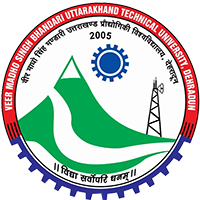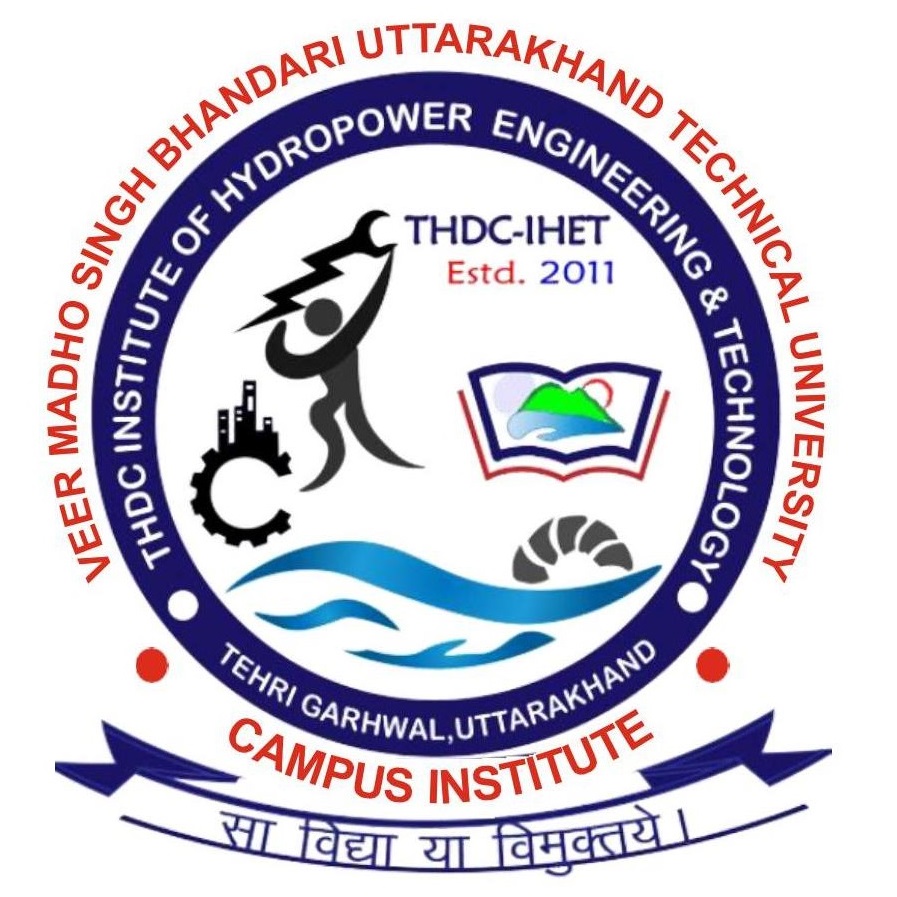B.Tech. in Mechanical
Engineering
(ME)
Best Mechanical Engineering institute in Uttarakhand
- Mechanical engineering is one of the core branches of the Engineering curriculum.
- There are state-of-the-art equipment and test rigs in the Air conditioning and Refrigeration materials science testing lab, measurement and meteorology Lab
- Well-qualified highly experienced and academically strong full-time faculty.

Vision
To be recognized as a center of excellence in academics and research in mechanical engineering, with state-of-the-art laboratories, good teaching infrastructure, and qualified faculty to nurture and support scholars to become global players.
Mission
- To equip our graduates with the knowledge and expertise with extra emphasis on technical and soft skills, having cross cultural adaptability, to contribute significantly to the industry and society as a whole.
- To provide a platform where both faculty and students engage in scholarly research activities and also nurture their entrepreneurial and interpersonal skills.
Quick Links
Course
laboratories
Faculties
Supporting Staff
Gallery
Course
Duration 4 Intake 60 Type Regular
laboratories
The Department is equipped with the following laboratories
| Lab Title |
|---|
| Material Science Laboratory |
| Dymanincs Laboratory |
| Experimental Stress Analysis Laboratory |
| Measurement & Control Laboratory |
| Kinematics of Machines Laboratory |
| Highway Engineering Laboratory |
| Tribology & Maintenance Laboratory |
| Machine Drawing Laboratory |
Faculties
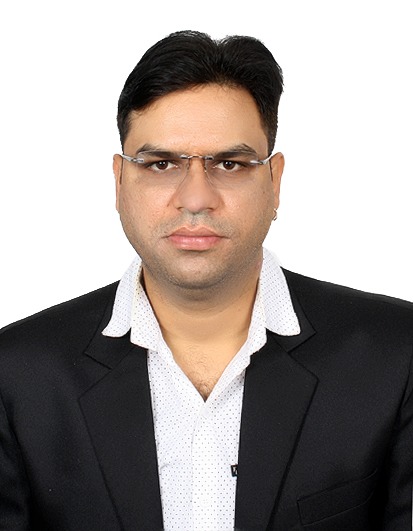 |
Mr. Himanshu Nautiyal
Assistant Professor & HOD
Qualifications : Ph.D (Pursuing), M.Tech
Area of Interest : Hydraulic machines, Renewable energy technologies, Life cycle Assesment
Contact No : 8126301482
Email : [email protected]
View Full Profile |
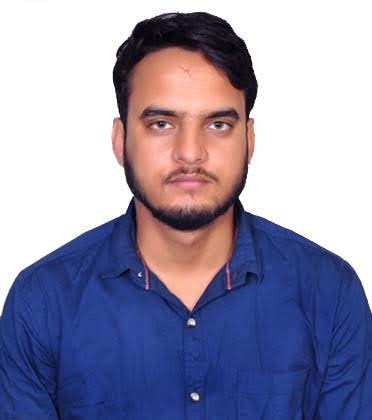 |
Atulesh Dabral
Assistant Professor
Qualifications : M.Tech. in Thermal Engineering
Area of Interest : Solar Energy, computational Fluid Dynamics
Contact No : ,
Email : ,@thdcihet.ac.in
View Full Profile |
 |
Dashrath Singh Kathait
Assistant Professor
Qualifications : M.Tech in Thermal Engineering
Area of Interest : Thermal Engineering, Renewable Energy
Contact No : .
Email : [email protected]
View Full Profile |
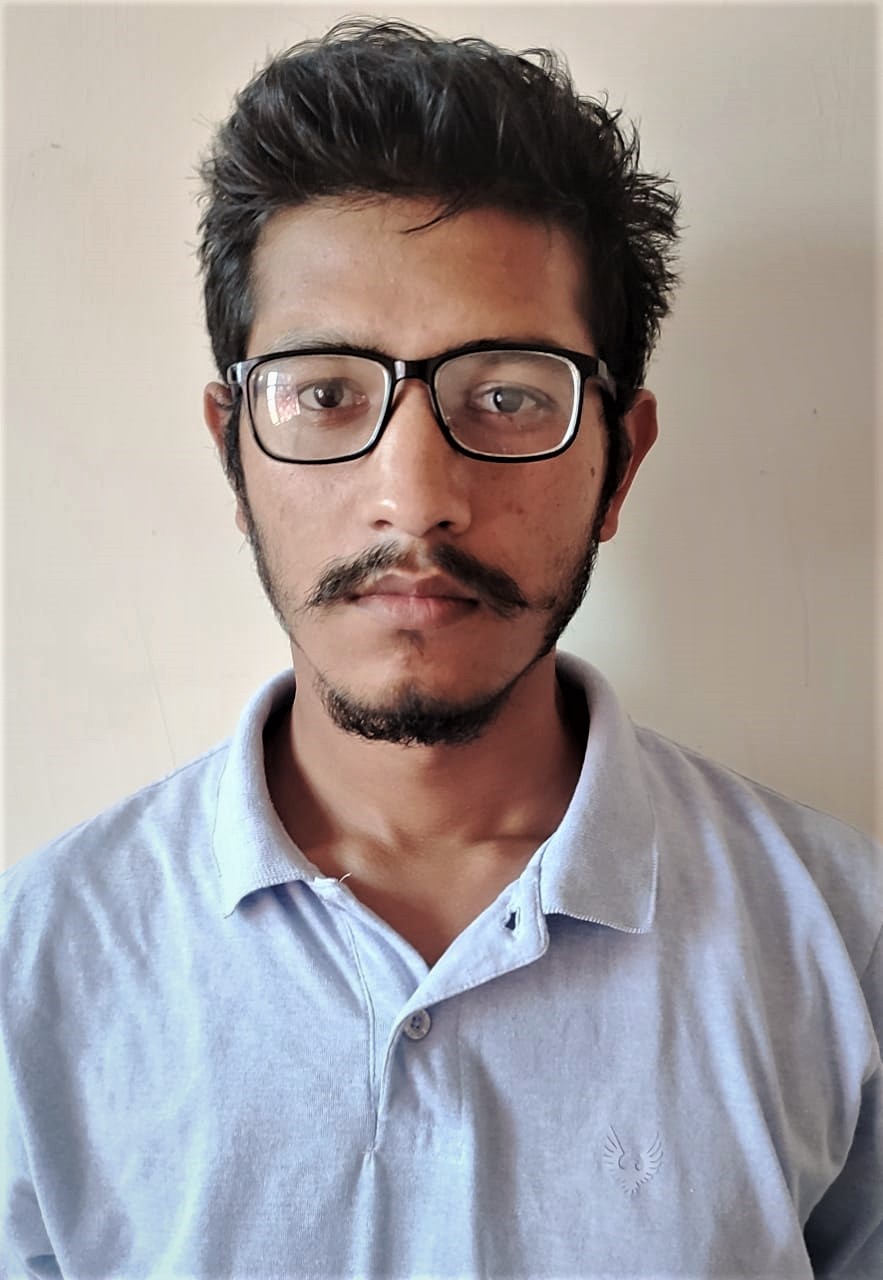 |
Rajeev Rawat
Assistant Professor
Qualifications : M.Tech in Industrial engineering
Area of Interest : Supply Chain Management, Renewable Energy technologies, Modeling and Simulation.
Contact No : .
Email : [email protected]
View Full Profile |
 |
Mr. TIRATH SINGH
Assistant Professor
Qualifications : M.Tech ( Manufacturing Engineering and Management)
Area of Interest : Materials Science, Advanced Manufacturing Processes
Contact No : ,
Email : ,@thdcihet.ac.in
View Full Profile |
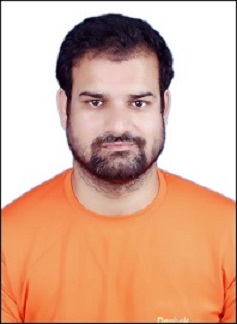 |
Ajeet singh chauhan
Assistant Professor
Qualifications : M.Tech in Thermal engineering
Area of Interest : Heat transfer ,thermodynamics and Energy system
Contact No : .
Email : [email protected]
View Full Profile |
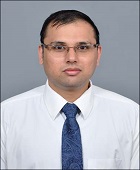 |
Dr. Alok Dhaundiyal
Assistant Professor
Qualifications : D.Eng (Hungarian University of Agriculture and Life Science, Godollo, Pest County, Hungary)
Post doc (Centre for Energy Research, Hungarian
Area of Interest : Modelling and Simulation of Energy System, Thermal Application of Renewable Energy Sources, and Dosimetry.
Contact No : .
Email : [email protected]
View Full Profile |
Supporting Staff
| Name | Contact |
|---|---|
| Mr. Ashish | |
| Mr. Deepak |
Gallery
Admission Procedure
- Admission for 1st year B.Tech. course through Uttarakhand State Online Counseling or through direct Admission on the basis of 10+2 marks (PCM).
- Admission for the lateral entry of B.Tech. course through Uttarakhand State Online Counseling (UKSEE) or through direct Admission on the basis of Diploma/B.Sc. marks.
Eligibility Criteria and Total Seat
|
Course Name
|
Total Seat
|
Eligibility Criteria
|
|---|---|---|
|
B.Tech
|
240
|
Passed 10+2 with minimum 50% marks in PCM
|

